CHIRP Report: Fire on board a large motoryacht at the end of dry-dock
Another engine-room fire illustrates how cutting corners on safety-management training endangers crew even on dry land …
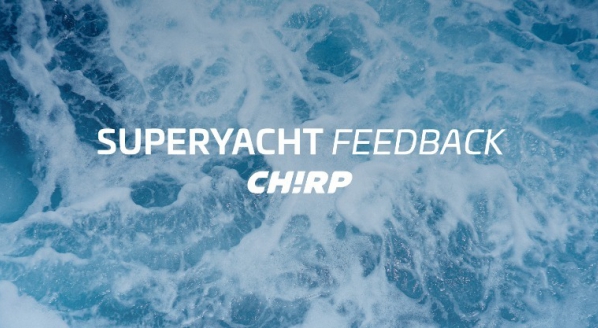
The following case study is from CHIRP Maritime’s Superyacht Feedback. It is the first superyacht-specific programme and publication dedicated to improving safety in the maritime industry through vital knowledge sharing, anonymous reporting, analysis and feedback via the Superyacht Maritime Advisory Board.
Initial report
After the dry-dock period, the motoryacht was moved to the repair berth, where shore power was unavailable, necessitating the use of the ship’s generators. Before the relocation, the vessel underwent a pre-sale survey and the ventilation dampers were closed. This raised the temperature in the engine room. The master was not informed about the switch from shore to ship power. According to practice, the ER door was shut after working hours, while the emergency escape hatch was left open for ventilation. Later, the ER fire alarm was activated. The captain briefly inspected the ER, noted haziness but no strong odour or visible fire source and closed the door.
The fire team disabled technical ventilation and fuel supply to the ER, prepared fire hoses for boundary cooling and donned fire suits with breathing apparatus. The engineer and deckhand entered the ER, discovering smoke near generator no. 1 but not directly from it. They shut down the generator, leaving the vessel without power, and secured the emergency hatch.
Significant issues hindered the response: the emergency fire pump was challenging to operate, the emergency generator was inoperative, smoke detectors and atmosphere testing equipment were absent, and the fire system’s UPS battery had failed. Unable to monitor the ER, the master activated the CO2 system. However, unfamiliarity with its release procedure and difficulty accessing the CO2 cabinet led to incomplete activation.
Emergency services intervened, dispersing the accumulated gas and ensuring safe re-entry. Investigations revealed that the fire was caused by the accumulation of exhaust gas due to a leak in the exhaust system and a malfunctioning exhaust valve. Closed dampers that restricted air circulation exacerbated the situation. The failure of the CO2 system resulted from a misconnected compressed air hose linked to the emergency quick-closing system of the fuel valve, resulting in the manual release of the CO2 bottles. While manually releasing the CO2, the crew was unaware that the CO2 cylinder valves must be held open until fully discharged. The vessel remained incapacitated until the CO2 system was recharged.
Prioritising the enhancement of training and dry-dock safety management is essential.
CHIRP Comments
As highlighted in previous CHIRP feedback, dry-dock operations pose significant risks, requiring the crew to remain vigilant and well-prepared.
A critical safety protocol is the immediate mustering of all personnel before CO2 is released, especially given the presence of shore workers who may still be on board. However, this report highlights a lack of exposure to drills and training. Management is responsible for ensuring crew members receive adequate training to protect themselves and the vessel.
Serious safety concerns were identified, including the lack of a functioning emergency generator and challenges in operating the emergency fire pump – issues that could render the vessel unseaworthy. Furthermore, drydock periods may result in an over-reliance on shoreside resources. Once these resources are withdrawn, the ship’s crew must be completely prepared to regain operational control.
Findings indicate that some crew members were unfamiliar with critical safety equipment and specific equipment had not been adequately maintained. This highlights a broader issue that requires a cultural shift in management’s approach to safety. Regardless of the vessel’s luxury features, it remains a ship that must support its crew at sea. Prioritising the enhancement of training and dry-dock safety management is essential.
A dedicated pre-departure dry-dock checklist should enhance safety, distinct from the standard port departure checklist. This checklist should confirm that all systems and equipment are fully operational, guaranteeing that the vessel is returned safely and seaworthy before leaving the shipyard.
Factors relating to this report
Capability: The vessel lacked the necessary experience to perform dry docking. It eventually departed the drydock unseaworthy and could not re-enter service.
Communications: It was unacceptable not to advise the master about the lack of shore power supply, as the emergency generator was inoperable.
Alerting: Given the situation on board with non-operational essential safety appliances, would you have spoken up?
Pressure: The pressure to get the vessel from the dry-dock to the lay-up berth following a pre-sale inspection meant that the ship’s staff did not restore the vessel to a seaworthy condition.
Culture: The lack of communication about shore power and misunderstanding of emergency procedures reflect a weak safety culture in which critical issues are not addressed.
To register to CHIRP or submit your feedback, please click here.
Profile links
NEW: Sign up for SuperyachtNewsweek!
Get the latest weekly news, in-depth reports, intelligence, and strategic insights, delivered directly from The Superyacht Group's editors and market analysts.
Stay at the forefront of the superyacht industry with SuperyachtNewsweek
Click here to become part of The Superyacht Group community, and join us in our mission to make this industry accessible to all, and prosperous for the long-term. We are offering access to the superyacht industry’s most comprehensive and longstanding archive of business-critical information, as well as a comprehensive, real-time superyacht fleet database, for just £10 per month, because we are One Industry with One Mission. Sign up here.
Related news
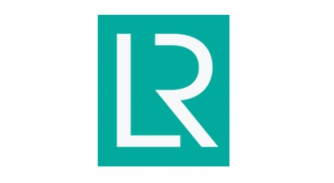
Lloyd’s Register launches safety survey
With greater scrutiny on industry-wide safety standards, the classification society urges you to have your say in its Yacht Safety Culture & Wellbeing Surve
Crew

Another yacht on fire
The recent blaze near Marseille is just one of the latest in a spate of yacht fires. Philippa Langton, Partner, and Jessica Slater, Solicitor, in the
Opinion
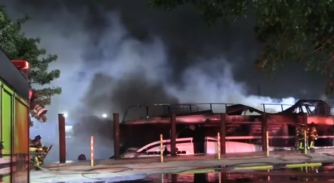
Yacht engulfed in blaze on the Miami River
A yacht being chartered by a legendary hip-hop artist was engulfed in a blaze in the early hours of Sunday morning, resulting in a total loss
Business
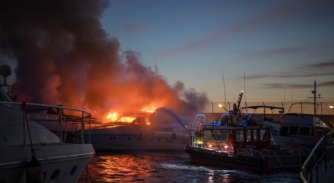
Smoke on the water
The latest marina fire is indicative of a greater shadow looming over the industry, and until we utilise proper training, we are doomed to repeat our mistakes
Opinion
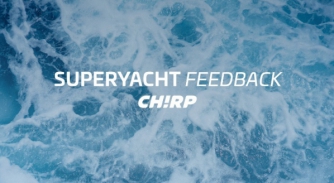
Chirp Report: Battery explosion on a superyacht
How a build-up of hydrogen gas, a by-product of the chemical reactions that occur when charging batteries, can cause serious damage
Crew
Related news
Lloyd’s Register launches safety survey
8 months ago
Another yacht on fire
11 months ago
Yacht engulfed in blaze on the Miami River
11 months ago
Smoke on the water
11 months ago
Chirp Report: Battery explosion on a superyacht
11 months ago
NEW: Sign up for
SuperyachtNewsweek!
Get the latest weekly news, in-depth reports, intelligence, and strategic insights, delivered directly from The Superyacht Group's editors and market analysts.
Stay at the forefront of the superyacht industry with SuperyachtNewsweek



